10 things we learned from the Bahrain Grand Prix – F1
[ad_1]
While the Bahrain Grand Prix will always be remembered for Romain Grosjean’s fiery crash, the race provided plenty of talking points both across the weekend and with thoughts to the future. LUKE SMITH picks out the key moments
The Bahrain Grand Prix may have been the first ‘dead rubber’ of the 2020 Formula 1 season, but it is a race that will live long in the memory.
Unfortunately, it is not for the reasons we would like. Romain Grosjean’s horrific crash on the opening lap served as a shocking reminder of the dangers still present in F1, but also just how far safety levels have come following his dramatic escape.
The images of Grosjean emerging from the fire have hit front pages of newspapers across the world, making the Bahrain Grand Prix a rare race that has allowed F1 to reach beyond its usual audiences.
With the obvious talking points included following Grosjean’s crash, here are 10 things we learned from the Bahrain Grand Prix.
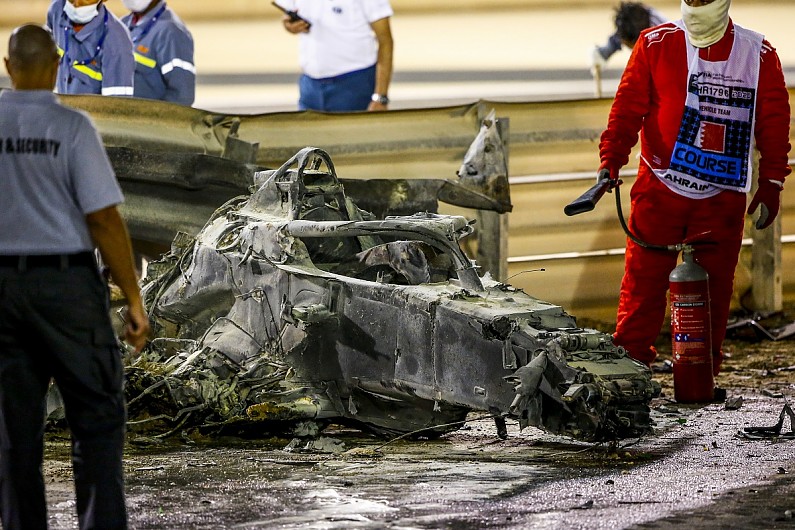
1. Grosjean was lucky, but don’t discount the science that saved him
“An angel was with us.”
That’s how Haas F1 boss Gunther Steiner summed up Grosjean’s accident at the end of a very long day for his team, expressing his astonishment the Frenchman had walked away with such minor injuries.
The images of the remains of Grosjean’s charred Haas VF-20 car lodged in the barrier, with the headrest and halo visible, shows just how remarkable it was he could get out of the wreckage with nothing more than burns to his hands.
But as much as Steiner is right in highlighting the luck that was involved, decades of science also paved the way for Grosjean’s escape. The most important element in saving him in the accident was the halo, which Grosjean – a former critic of the cockpit protection device – said afterwards was “the greatest thing that we’ve brought to Formula 1”.
PLUS: How F1’s safety advances saved Grosjean’s life
Factoring in all the other elements, such as the HANS device, the fireproof overalls with heightened standards, the way the car came apart to dissipate energy, and the swift response of the FIA medical staff, and you can see the foundations that ensured Grosjean survived a crash that he would likely have perished in just a few years ago.
Was it a lucky escape? Yes. But Grosjean’s odds would have been close to nil were it not for the FIA’s never-ending push to improve safety standards.
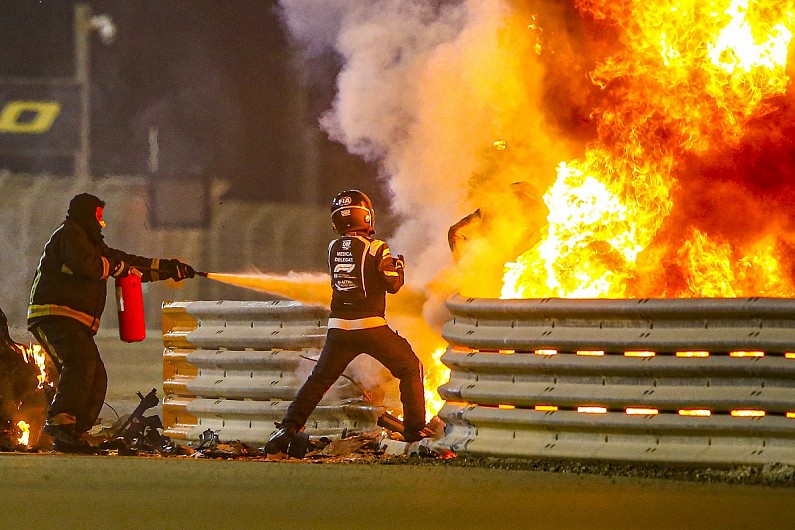
2. The FIA’s medical heroes deserve huge credit
The sight of medical car driver Alan van der Merwe and Dr Ian Roberts rescuing Grosjean from the inferno at Turn 3 brought to public light the role of the FIA’s medical heroes.
Van der Merwe and Roberts immediately parked up by the crash site and ran towards the fire, helping the marshal tending to the scene to subdue the fire enough so Grosjean could haul himself out.
The medical car is in sight at the start of every single grand prix, parking up at the rear of the pack and following around for the first lap, but rarely is its role so evident – something we must be thankful to.
Both van der Merwe and Roberts brushed off the hero tags at the end of the race. “That’s what we’re here to do,” said van der Merwe when asked about the courage required to run towards a fire.
“That’s what Ian’s been doing all of his life pretty much, is rescuing people when they’re in a bit of trouble.”
“If there’s somebody in trouble, you go and help,” Roberts added. “You have to assess the risk. It would have been daft to try and go in there with the flames coming towards you, so that extinguisher helped, for sure.”
As much as they may downplay things, the F1 community will never forget what Roberts and van der Merwe did on Sunday in Bahrain.
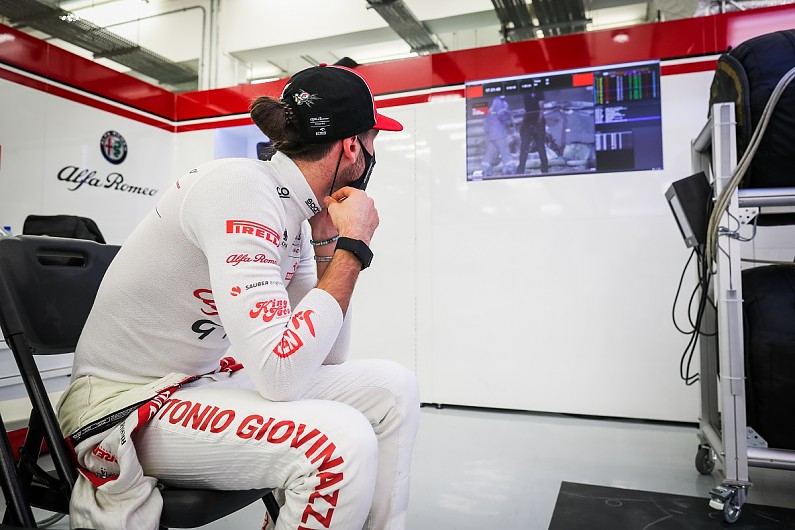
3. F1 must review its constant replaying of the accident
During the long wait for the race to resume under the red flag, footage of the crash was replayed fairly regularly on the world feed, showing all the different angles of how the accident unfolded.
As informative as the footage may have been – and notably paused via the onboard camera before the moment of impact – the replays drew the ire of a number of drivers after the race.
Daniel Ricciardo said he was disgusted with F1 for “fucking with our emotions”, while Sebastian Vettel said he had to actively avoid watching the TV world feed in order to put it out of his mind.
F1 has since defended the decision, saying it only showed footage once it had full information on Grosjean’s condition and in close collaboration with race control. But it nevertheless raises questions about the constant need to fill airtime with footage of such a dramatic crash.
Those who wanted to watch the crash again and again would have been able to do so by their own accord. Dropping into an online platform such as Reddit or Twitter during the break showed plenty of different camera angles. So was there really a need to keep playing it all on the world feed for TV viewers?
It’s something F1 will hopefully review in conjunction with the drivers who, after all, were the ones who then had to jump back in the car and race afterwards.
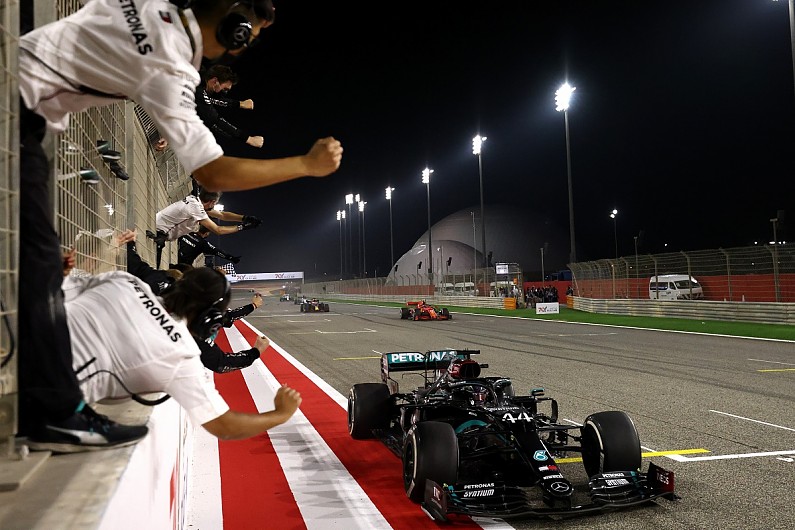
4. Hamilton is operating faultlessly right now
After another scare when Lance Stroll’s car was rolled on the race restart following the red flag, the rather underwhelming and straightforward race that followed was surely welcomed by everyone.
Lewis Hamilton was able to clinch his 11th victory of the season – and fifth in a row – with ease, never really coming under pressure from Red Bull’s Max Verstappen behind.
PLUS: Why Verstappen was frustrated to lose the race that followed Grosjean’s escape
Hamilton was on another level in qualifying to bag his 98th pole position, and through the race had everything under control. Concerns about tyre management were eased by the eight laps lost at the start under the red flag and the safety car, and a lack of aggression from Red Bull – something that frustrated Verstappen – meant Hamilton wasn’t ever threatened.
Hamilton has never won six races in a row through his F1 career, but it would take a brave bet against him heading onto the Bahrain outer loop this weekend. He’s operating at a remarkably high level, and showing few signs of letting his high standards slip even with the title sewn up.

5. Bottas’ luck really has been rotten of late
The narrative of his ailing title bid now may be over as the championship is settled, but Valtteri Bottas’ run of bad luck has only continued.
A poor start certainly didn’t help the Finn’s hopes of trying to get in the fight at the front and build some momentum to take into the winter, but the puncture that followed after the red flag ruined his race, dropping him to the back of the pack.
Mercedes considered one-stopping Bottas from there, but soon found tyre wear was too high to make it workable. He was then spared another setback by the late safety car after sustaining a second slow puncture in the closing stages of the race.
“If I made a list of all the unlucky events that are happening in the races during this year it is quite a long list,” Bottas said after the race. “Should I cry or should I laugh? I’d rather laugh.
“Of course you people can have a run of bad luck and it can be many years or a short moment. I hope things equal out at some point.”
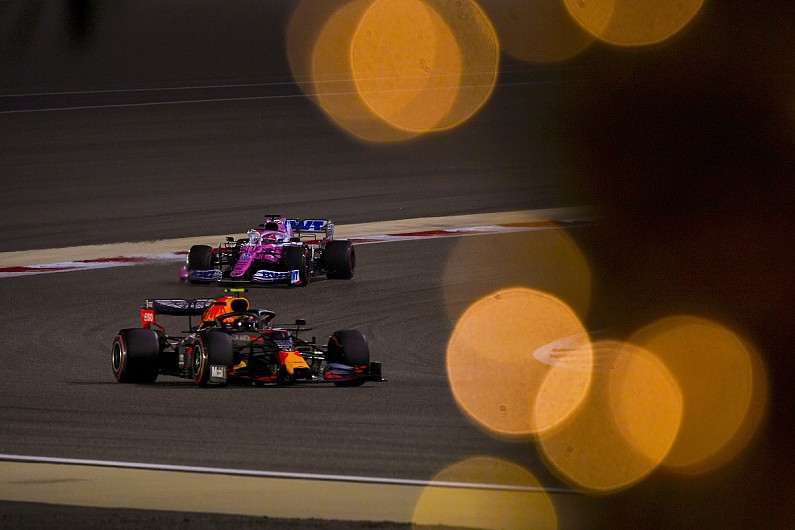
6. Albon’s podium was overshadowed by 2021 seat rival Perez’s display
Alexander Albon’s second podium of the season may have been a positive step in his case to keep his Red Bull seat for 2021, but it came with an asterisk after being outclassed by Sergio Perez in Bahrain.
The Racing Point driver looked set for his second straight podium after a great start lifted him to third, before canny tyre management meant he could keep the faster Red Bull at an arm’s length throughout the race.
But an electrical issue related to the MGU-K caused Perez’s power unit to fail just three laps from home, ending an otherwise-spotless drive in disappointment. Given the late strategy miscue at Imola, it really should have been Perez’s third straight podium.
Red Bull team principal Christian Horner praised Albon’s display, but also made reference to how good Perez had been after the race, saying he was “doing the best possible job that he can to ensure that he remains under consideration” for a 2021 seat.
Horner also confirmed that no decision would be made on Albon’s future until after the season finale in Abu Dhabi, giving the Anglo-Thai driver two more races to really stamp his authority on the seat.
It may have been a second podium, but with a big gap to Verstappen and the guy who could replace him spending most of the race ahead in a slower car, Albon can’t bank on it being the result that guarantees his future with the team.
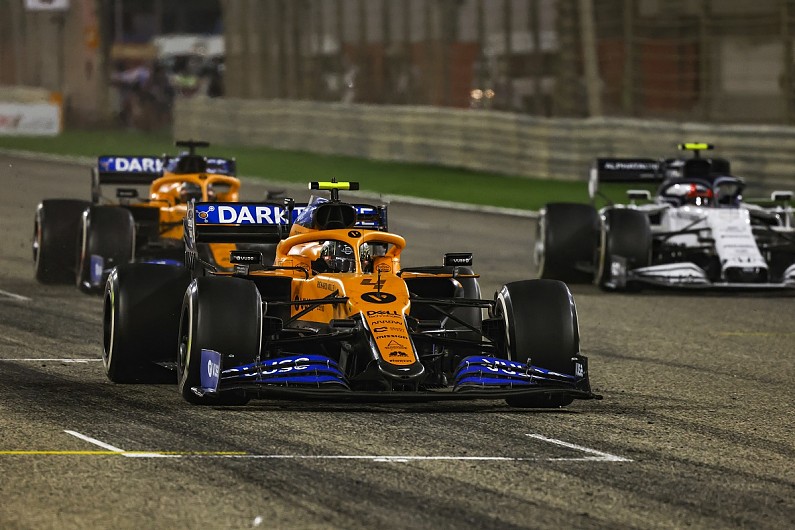
7. McLaren’s consistency shone through to take control of the fight for third
Perez’s late retirement was followed by TV footage of Racing Point chief Otmar Szafnauer sat on the pit wall with his head in his hands, contemplating a bitter double DNF.
What had looked set to be a result that would only edge Racing Point closer to clinching third in the constructors’ championship ended in a huge points swing to McLaren, who got both cars home in fourth and fifth with Lando Norris and Carlos Sainz Jr.
McLaren now sits 17 points clear of Racing Point in the fight for third, but has regularly downplayed its chances given it does not have the third-quickest car right now.
That may be true, but the key to McLaren’s success this year has been its consistency. Norris and Sainz have scored points wherever possible, with the team getting both cars in the points in each of the last three races.
Racing Point and fellow P3 rival Renault have fallen down lately by being too dependent on one driver – Perez and Daniel Ricciardo, respectively – meaning good races haven’t resulted in a glut of points being delivered.
McLaren won’t be resting on its laurels in the fight for third, but Perez’s late retirement could be a decisive slice of luck in deciding the final standings.
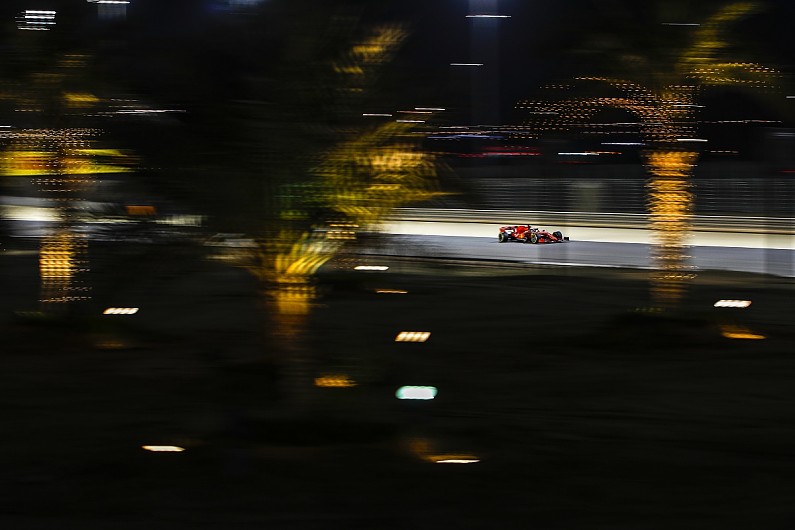
8. Ferrari’s late-season upswing might already be over
Ferrari’s charge to third and fourth in Turkey acted as a rare bright point in a largely miserable season for the Italian marque, and even fuelled suggestions it could yet be a threat in the fight for third in the standings.
But the Prancing Horse’s gallop petered out completely in Bahrain as both Sebastian Vettel and an off-the-boil Charles Leclerc struggled for performance throughout the weekend. Neither driver reached Q3, and the team would have come away point-less had it not been for Perez’s late retirement promoting Leclerc into 10th place.
Sporting director Laurent Mekies said in the wake of the result that it was not Ferrari’s engine deficit that caused its Bahrain struggles, but noted the vastly different conditions compared to recent races. Whereas Nurburgring, Portimao, Imola and Turkey had been colder affairs, the higher temperatures in Bahrain may not have suited the SF1000 car so much.
Given the final two weeks of the season will remain warm, if that is the root cause of Ferrari’s struggles in Bahrain, then its late-season upswing would surely be over.
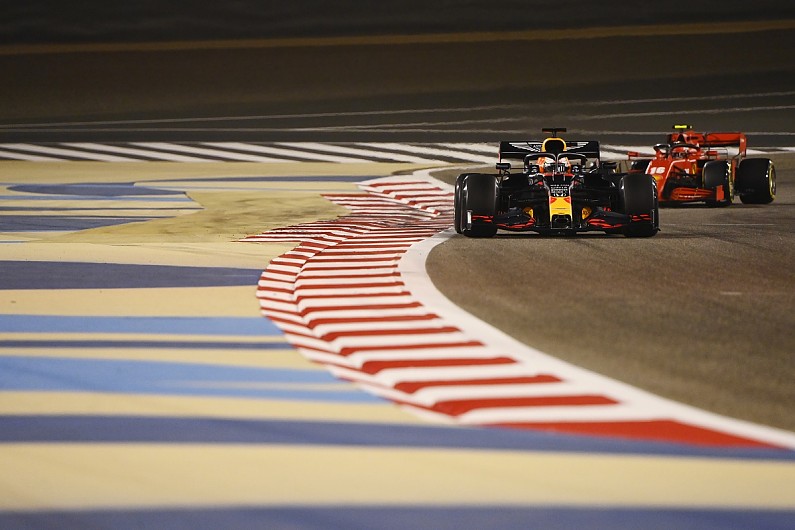
9. The engine freeze battle has only just begun
The path looked clear for Formula 1 to agree to an engine development freeze from 2022 when Ferrari chief Mattia Binotto said on Friday his team had changed position, leaving only Renault in opposition.
But Binotto’s suggestion of a mechanism to ensure engine convergence was met with a dim responses by Mercedes, meaning the manufacturers remain unchanged in being split over a move that would allow Red Bull to keep using Honda’s power units beyond 2021.
Mercedes had always been in favour of an engine freeze – and still is – but Toto Wolff made clear he would not agree to a system to ensure engine convergence between seasons, calling the suggestion “an insult”. He felt any manufacturer relying on such a mechanism to catch up to its rivals after underperforming would be a humiliation.
It means that Ferrari’s change in position has not brought us any closer to resolving the engine freeze saga. Ferrari and Red Bull are now unlikely allies up against Mercedes and Renault. Although Renault is tentatively coming around to the idea of a temporary engine freeze, it too is against using a token system or anything similar to ensure engine parity.
A breakthrough needs to be made soon as Red Bull begins to consider its 2022 car design and what power unit will be fitted. It could be the last late political drama for F1 this year.
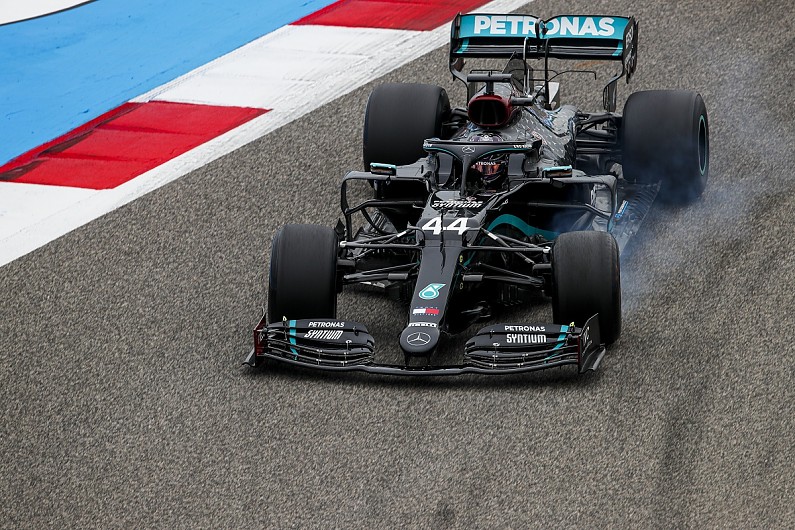
10. Driver opposition may not be enough to stop the 2021 tyres
Very few of the F1 drivers had nice things to say about Pirelli’s recently-homologated tyres used in Friday’s practice sessions in Bahrain, estimating it was costing as much as one second per lap compared to the current specification.
Hamilton even went as far as to call for F1 to return to a tyre war to ensure quality tyres were produced, feeling the 2021 constructions – nearly 3kg heavier to heighten safety standards – were a big step backwards.
But many senior F1 figures have already made clear that a continuation of this year’s tyres – which debuted in 2019, and were kept after the 2020 prototypes were rejected – is not an active consideration. The changes made to the constructions have been done on safety grounds, aiming for no repeat of the tyre blowouts we saw at Silverstone.
Pirelli has insisted that once they use the tyres on the 2021 cars with the correct set-ups, the issues will not be as pronounced.
At a time when the drivers will be voicing their thoughts on a number of safety matters, this will be a difficult battle for them to fight.
Autosport has produced a standalone special magazine to celebrate our 70th birthday. All current print subscribers will receive a copy for free. To order your copy of the 196-page Autosport 70th Anniversary issue, please go to: autosport.com/autosport70th
[ad_2]
SOURCE NEWS

